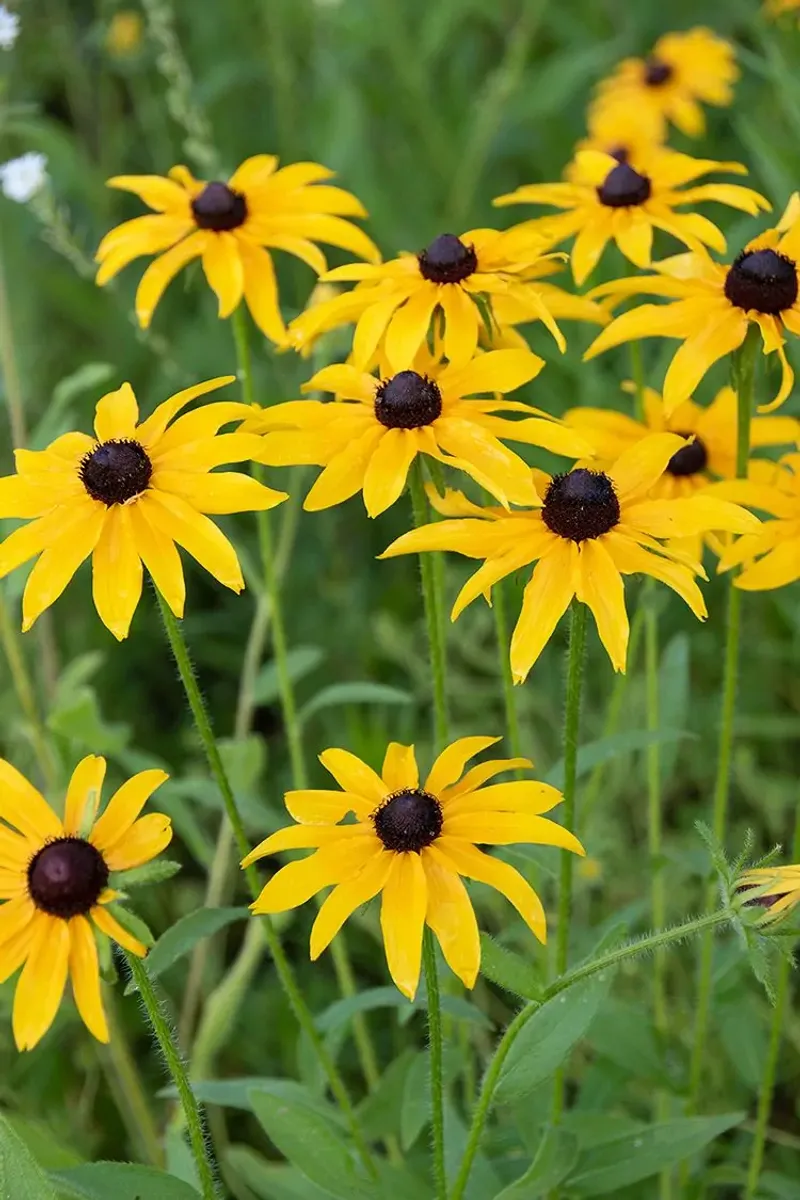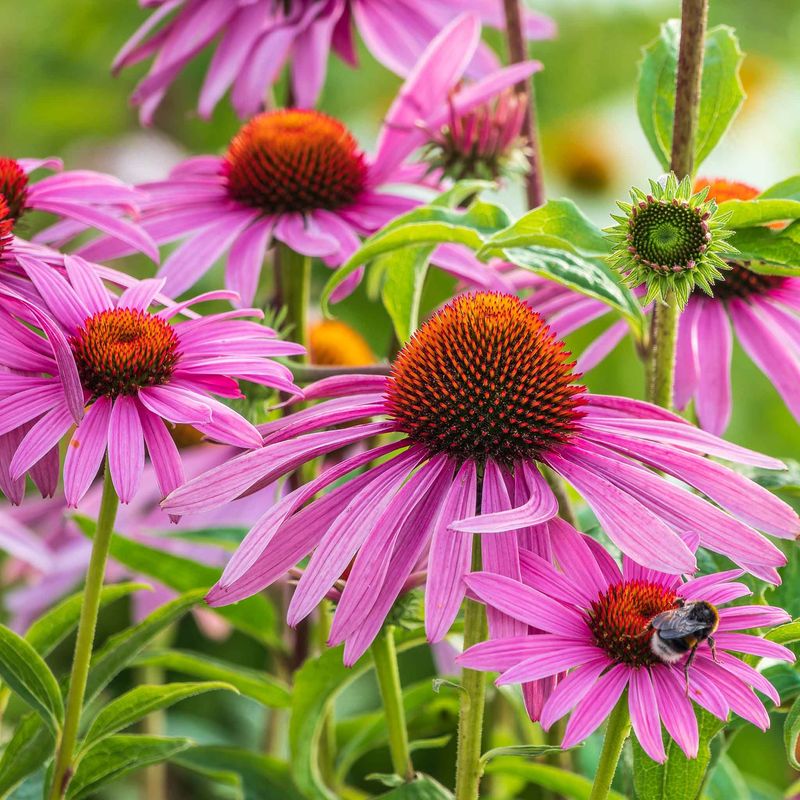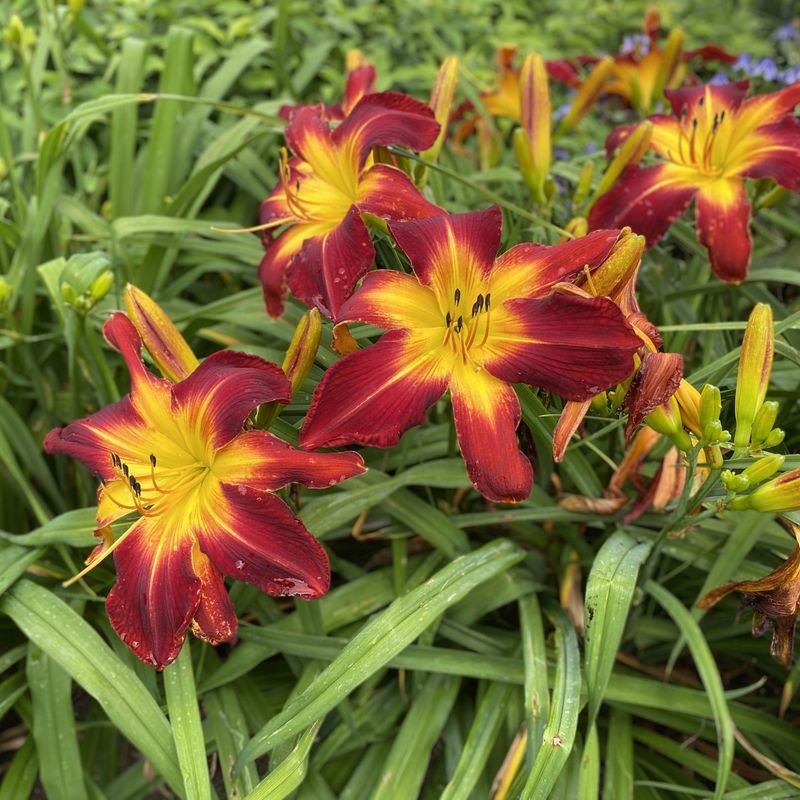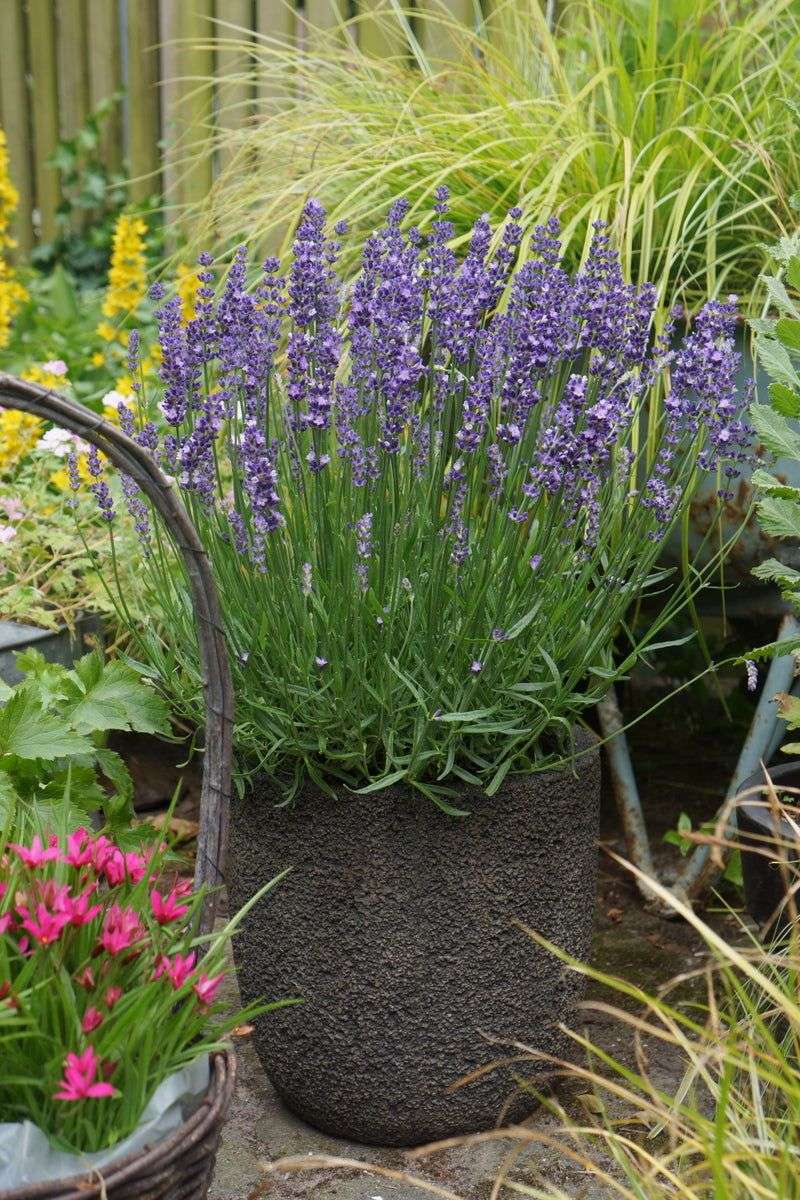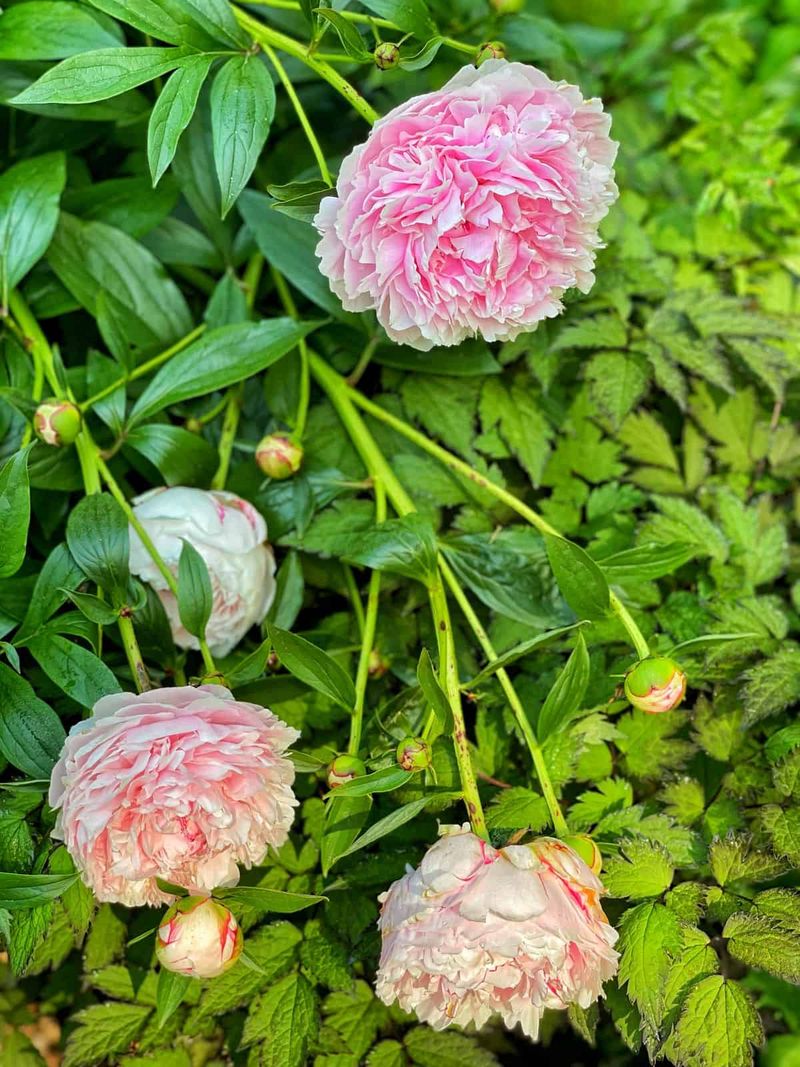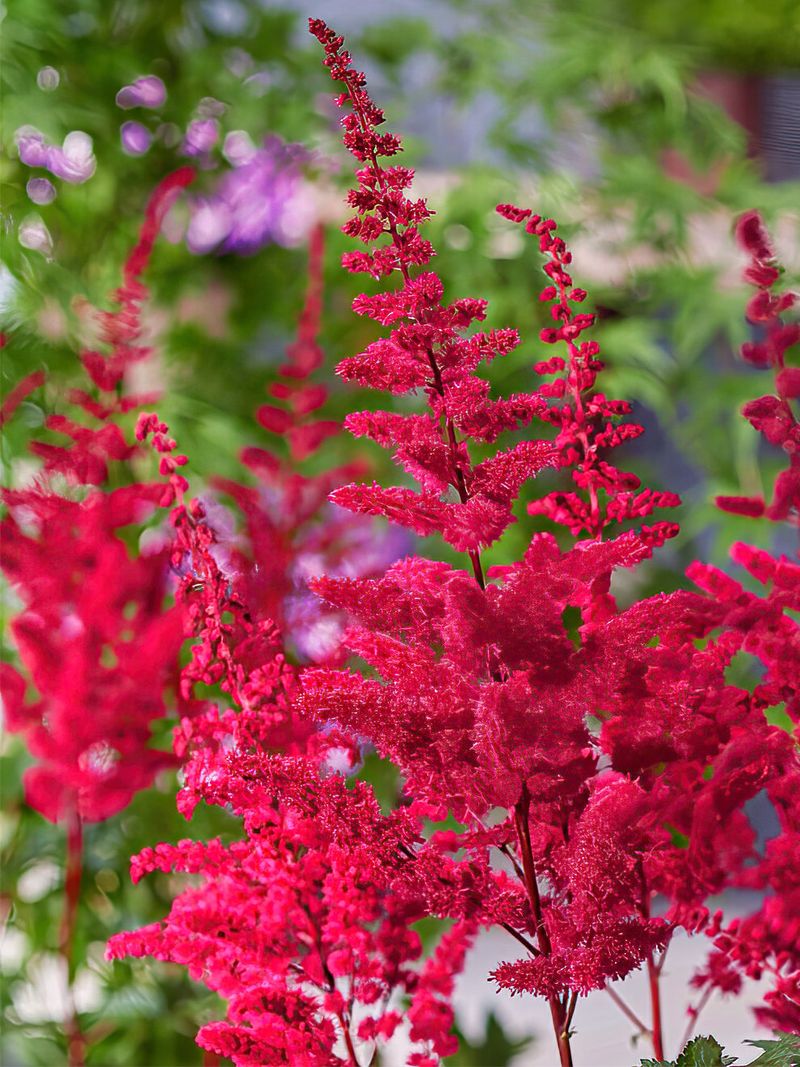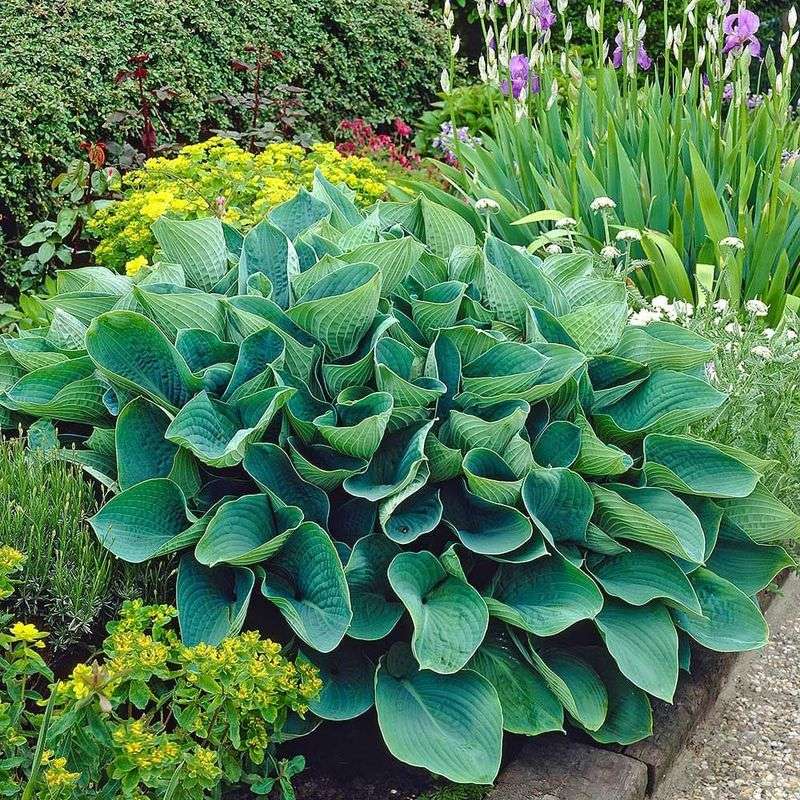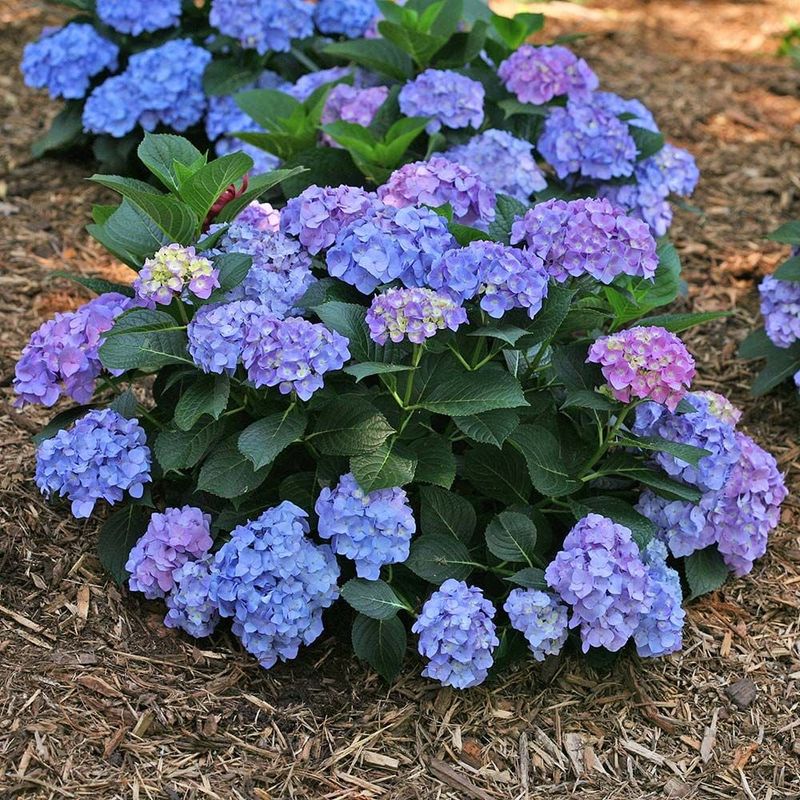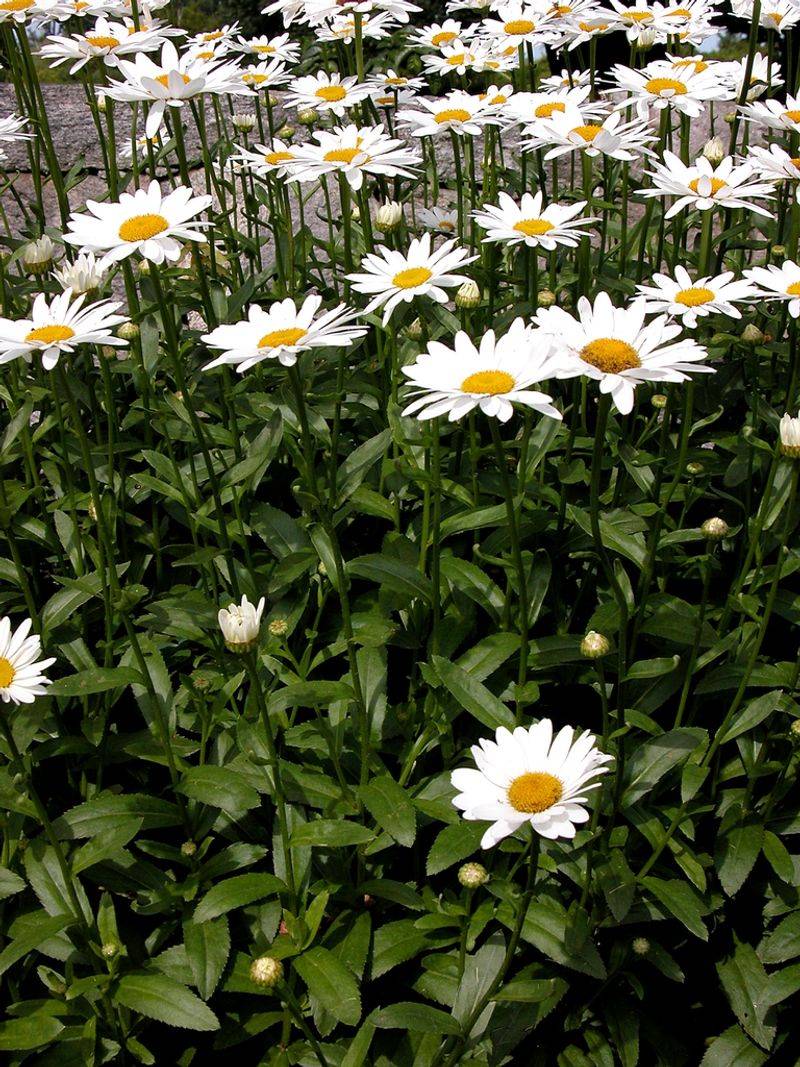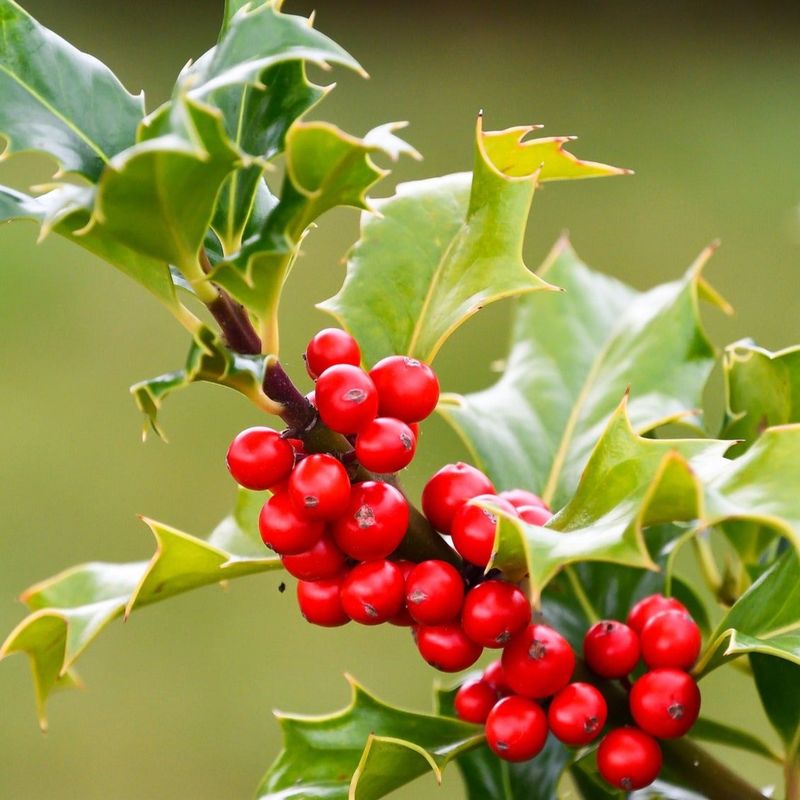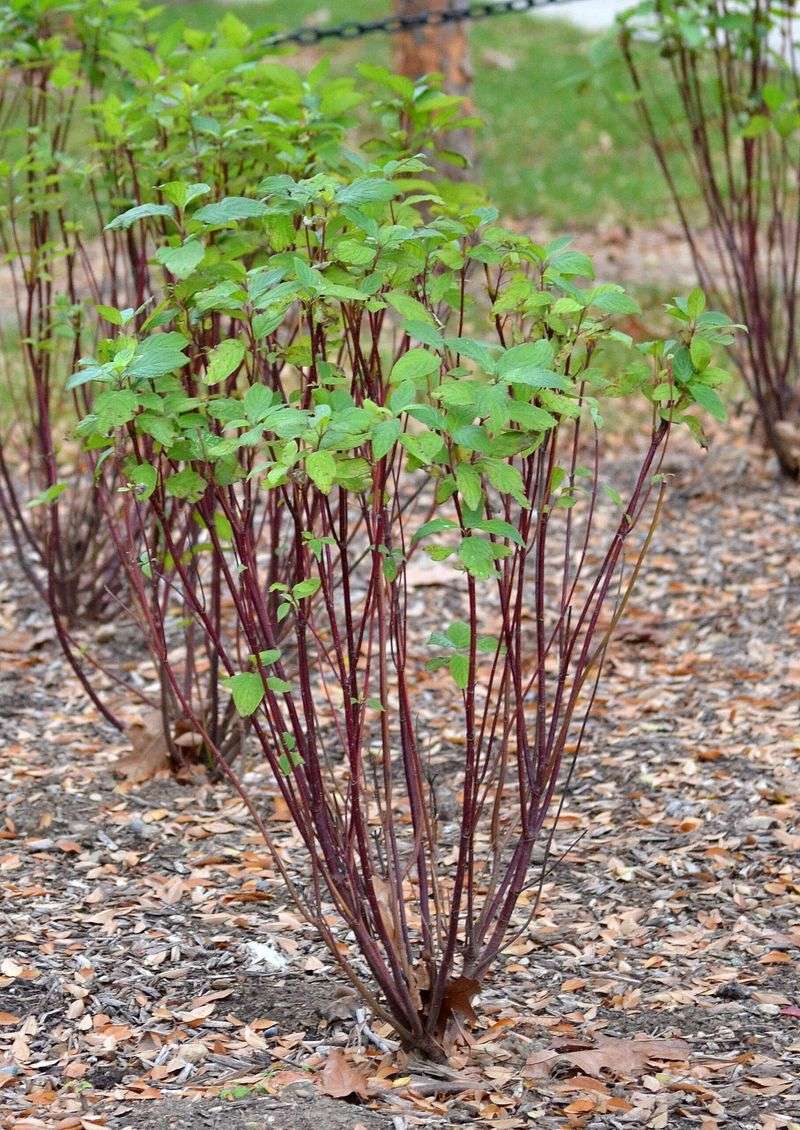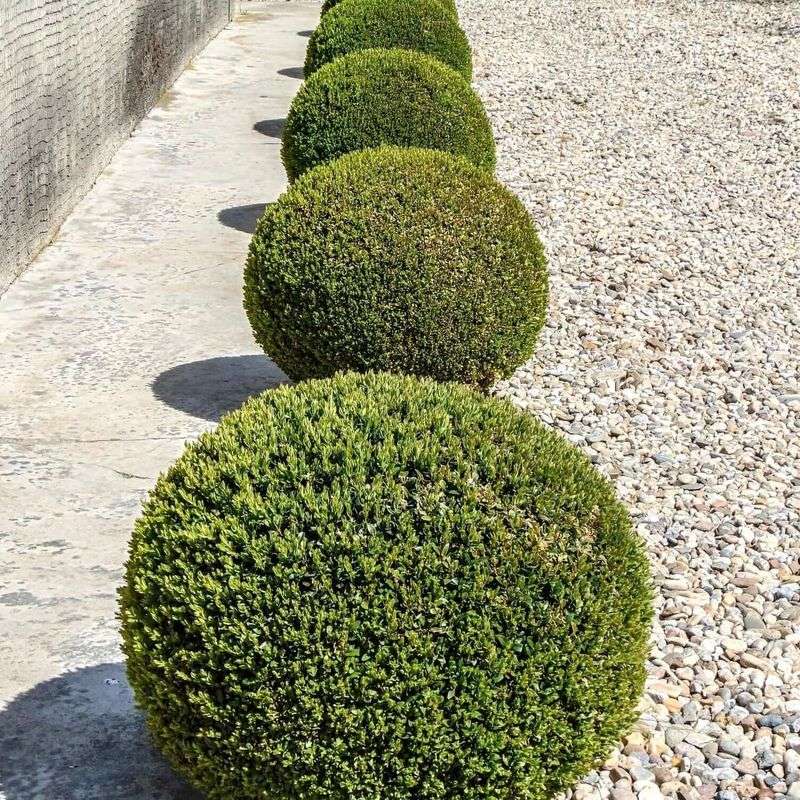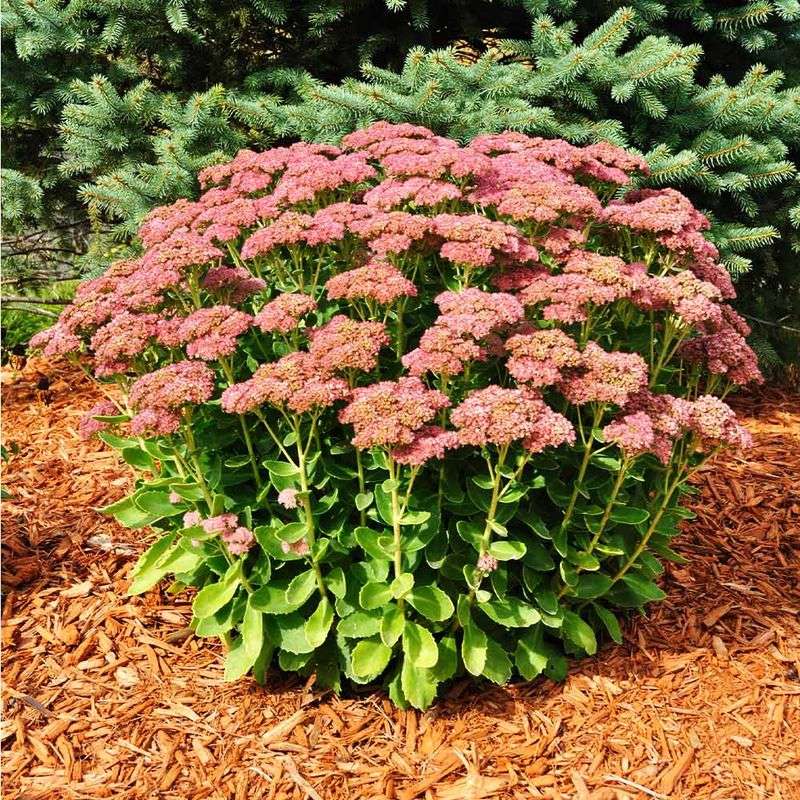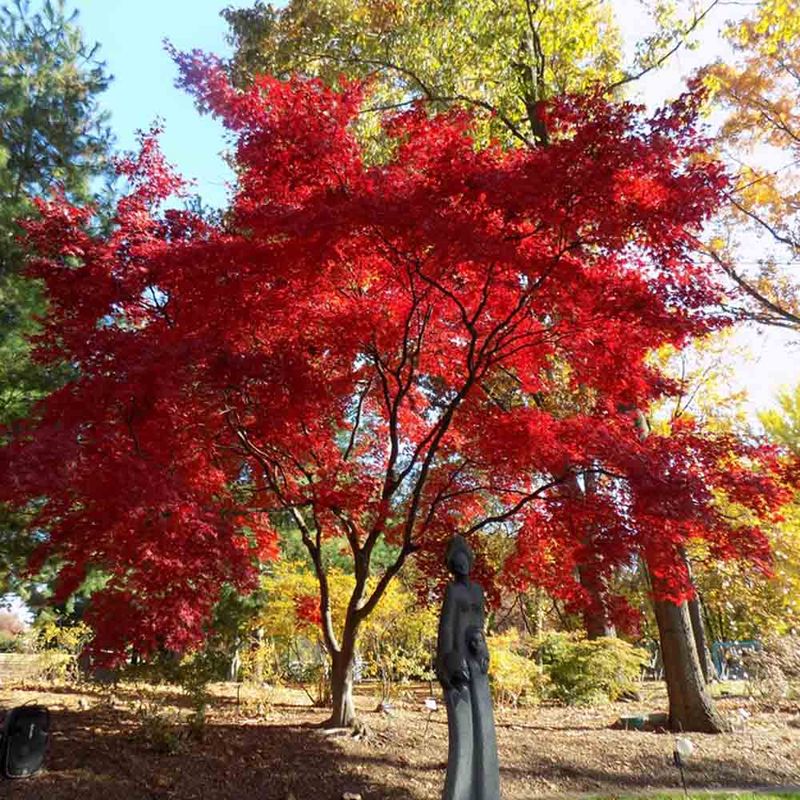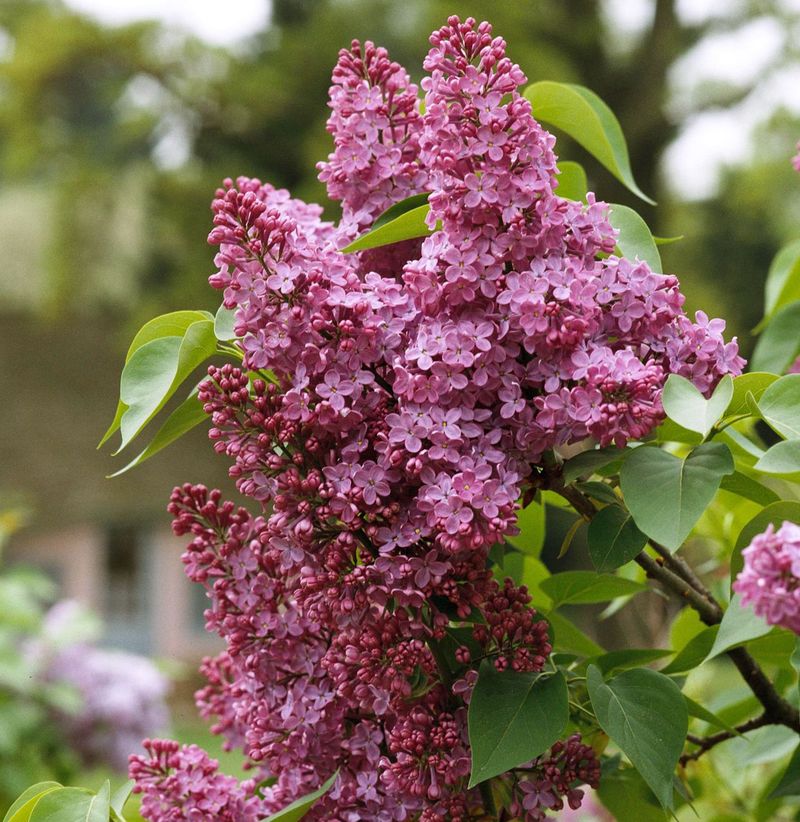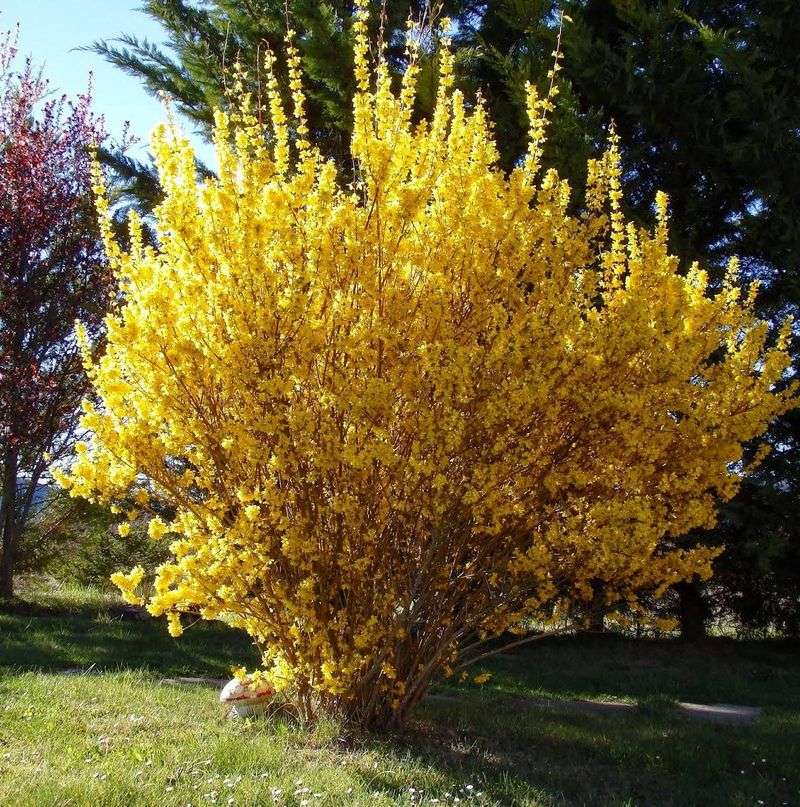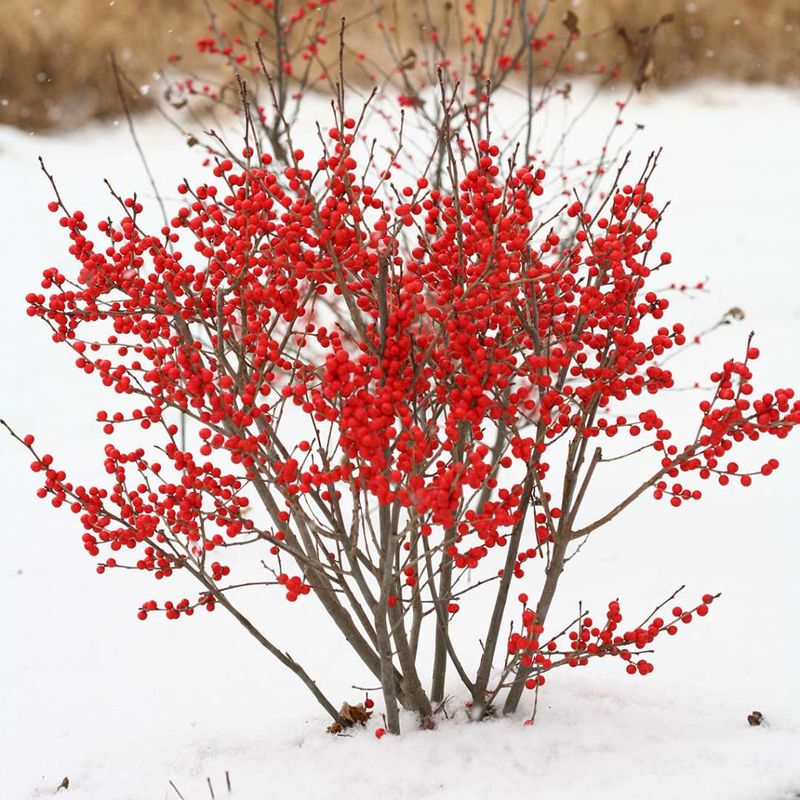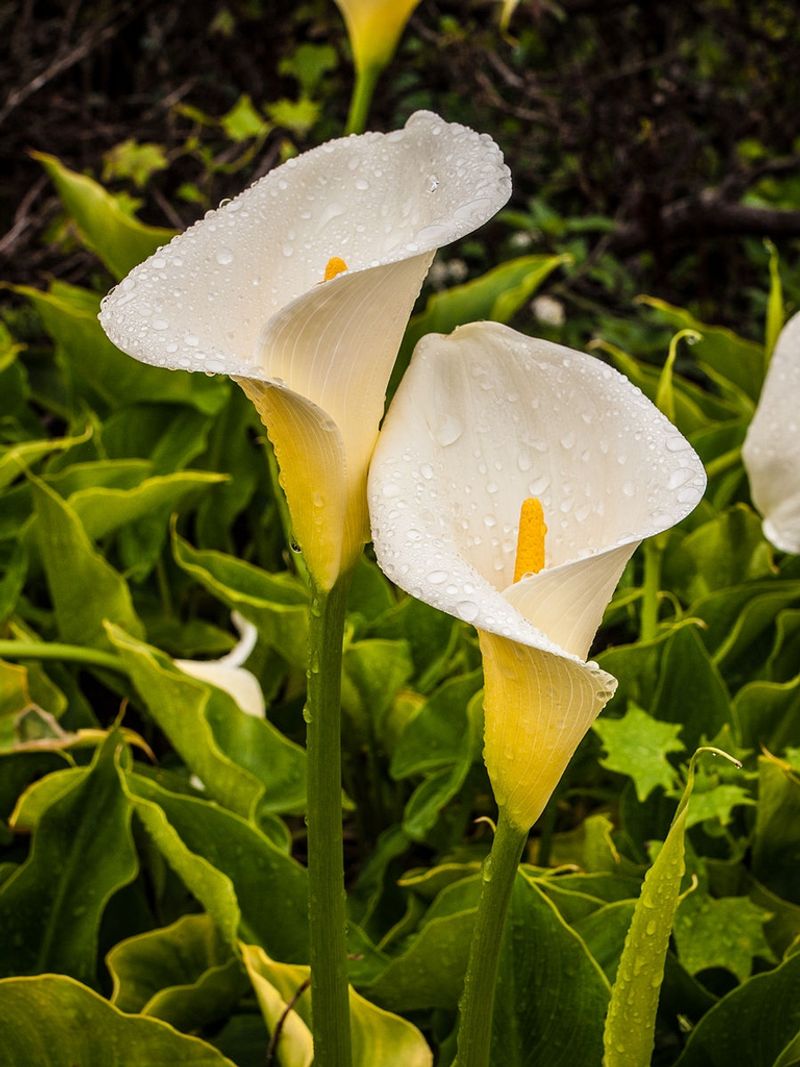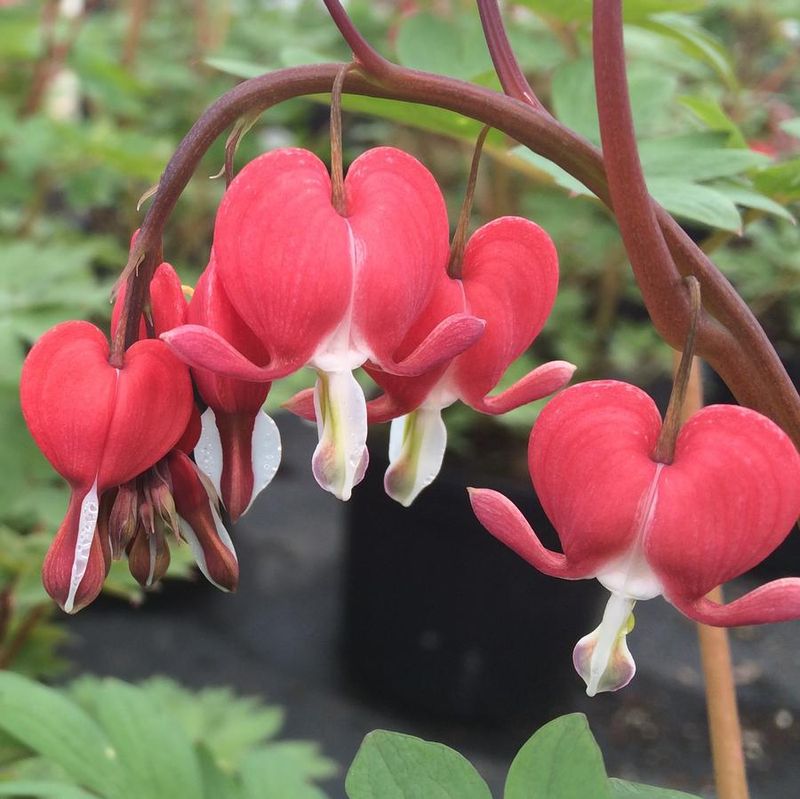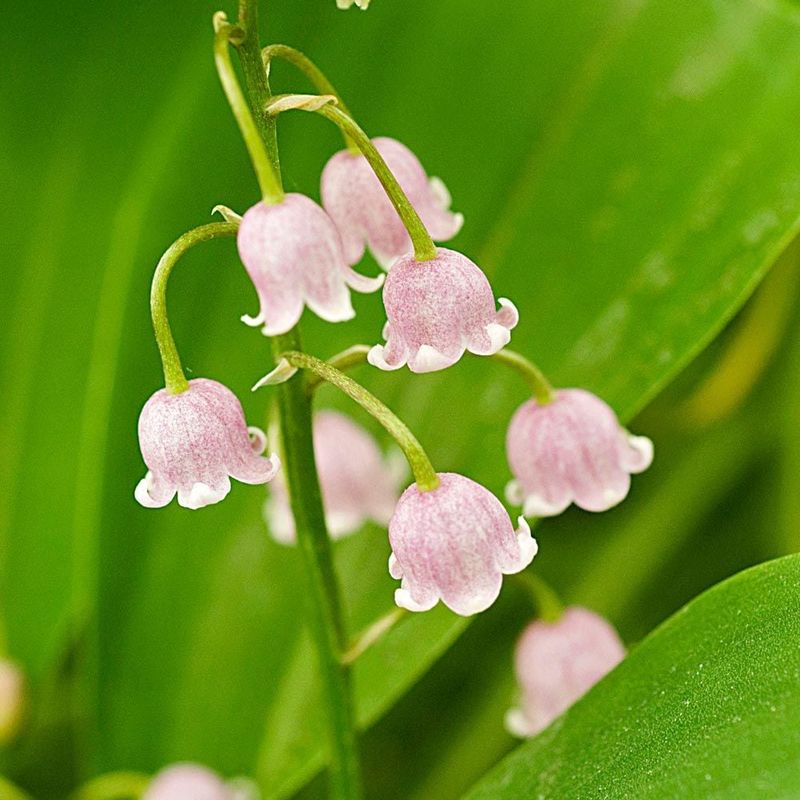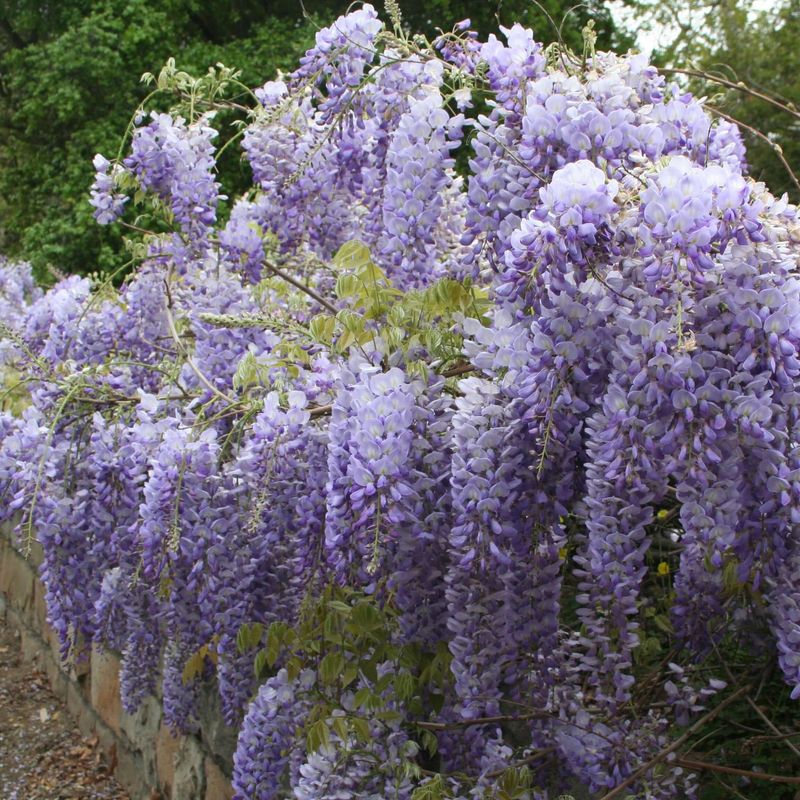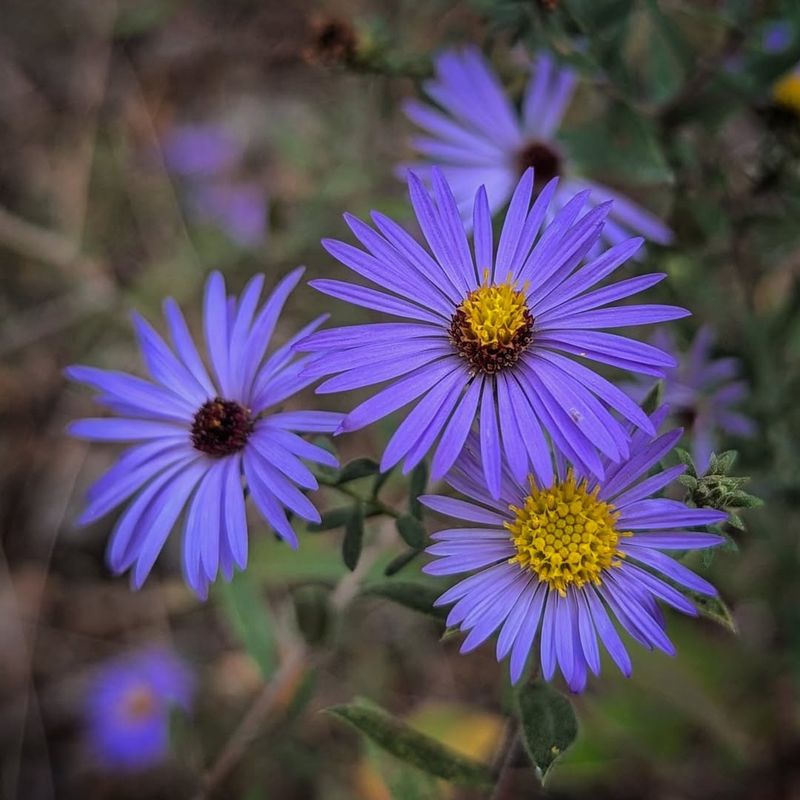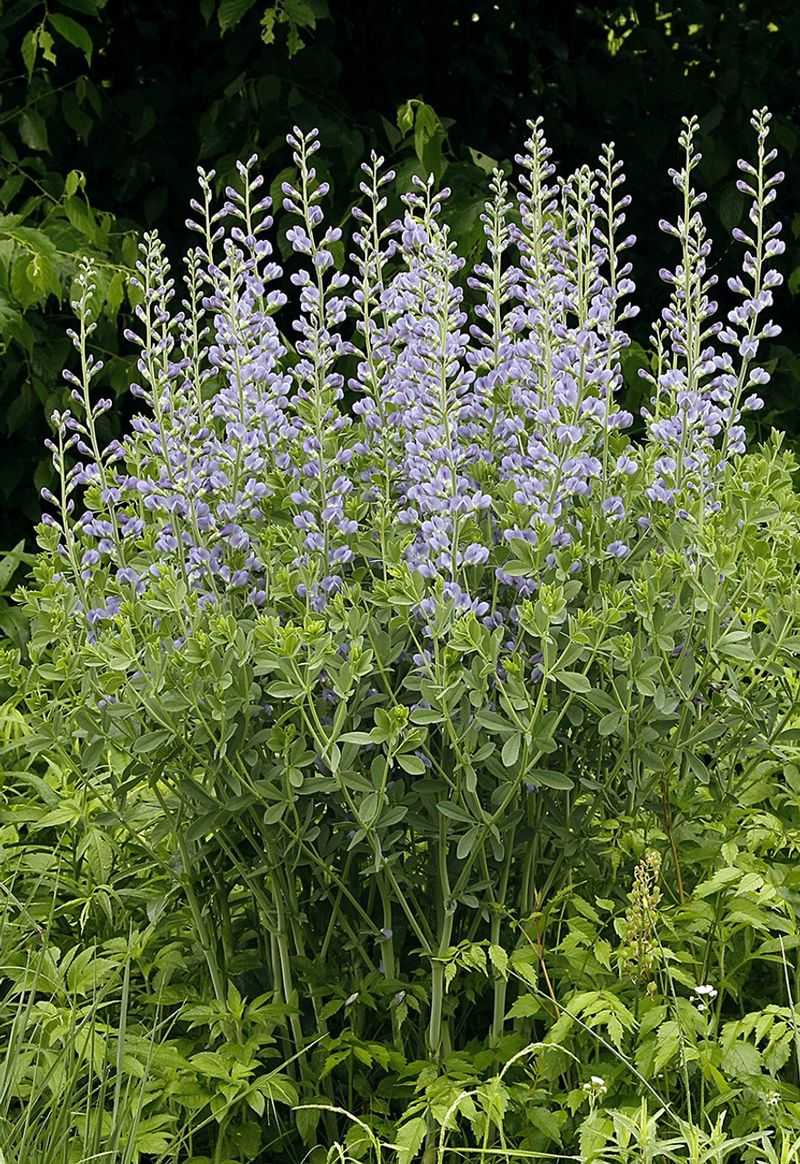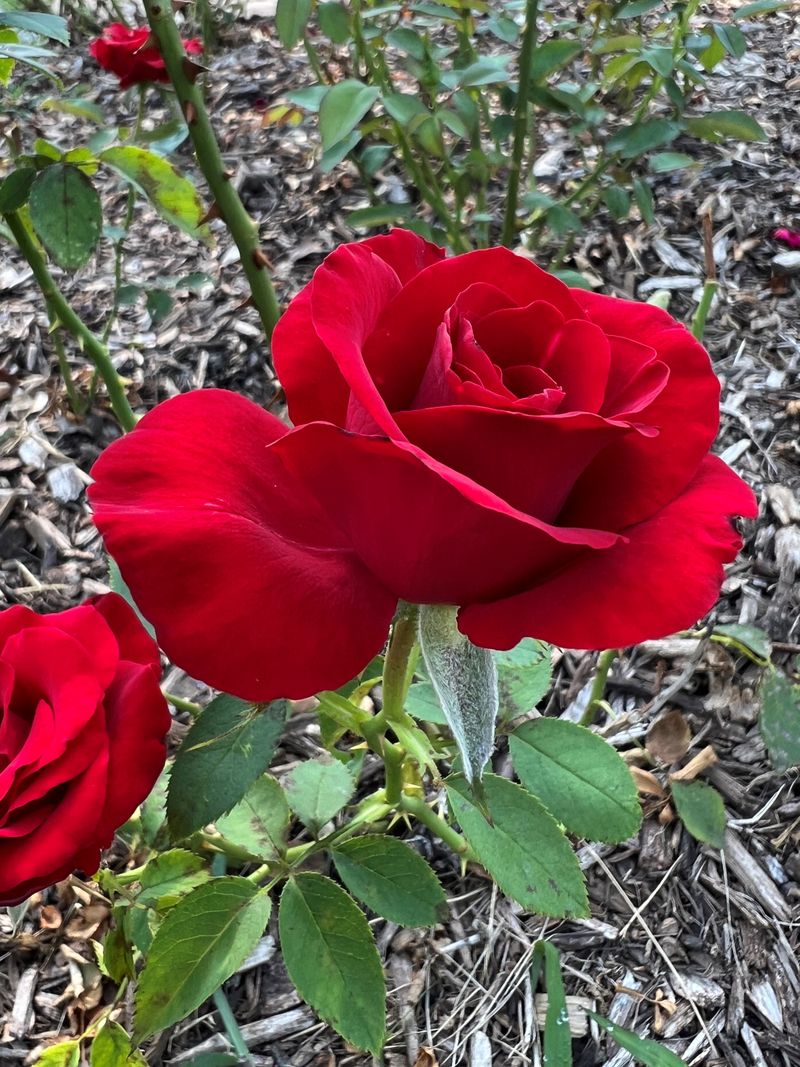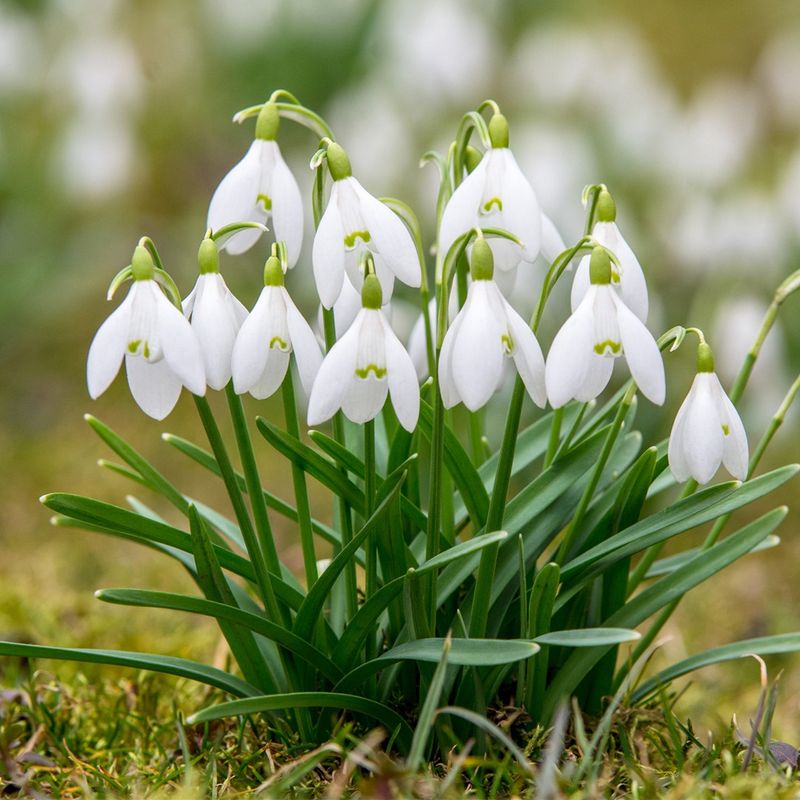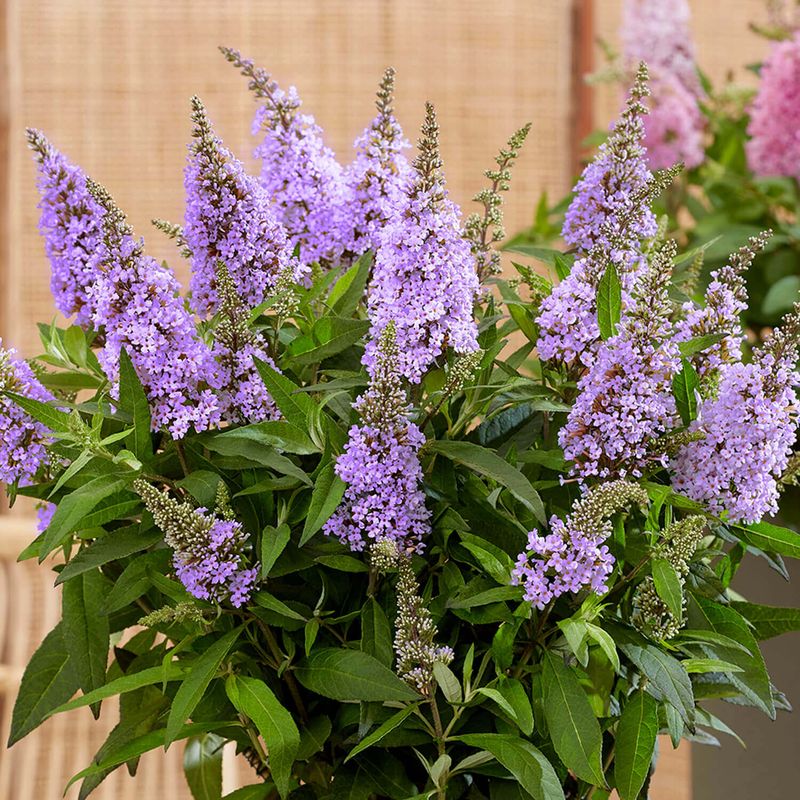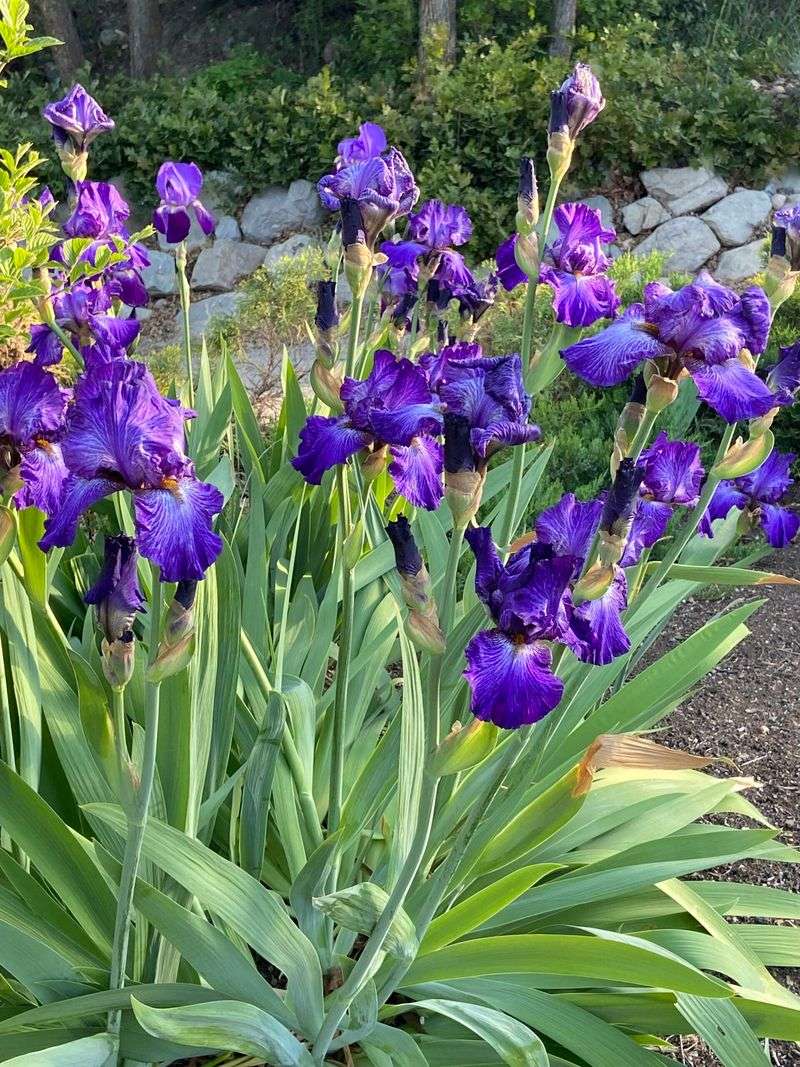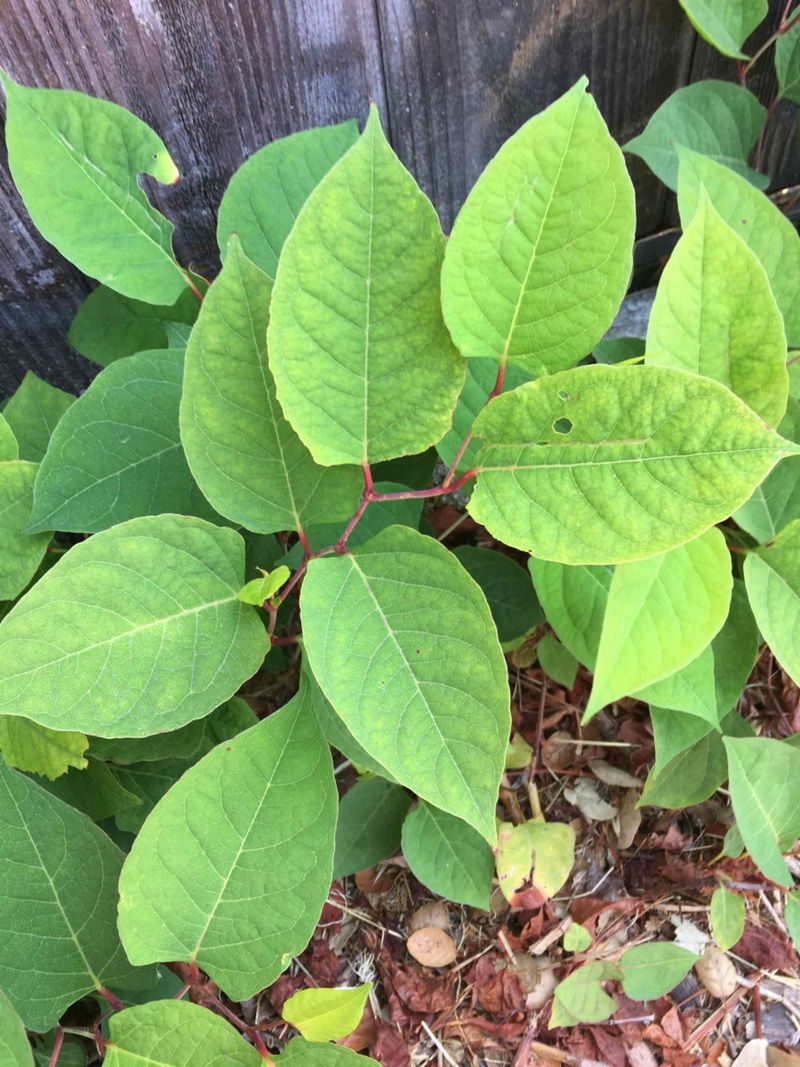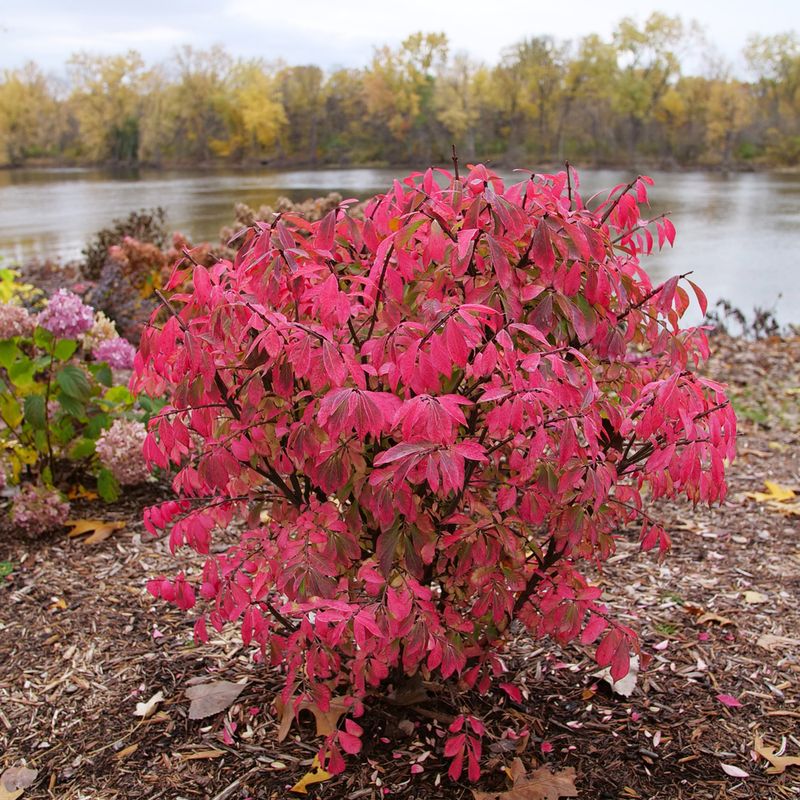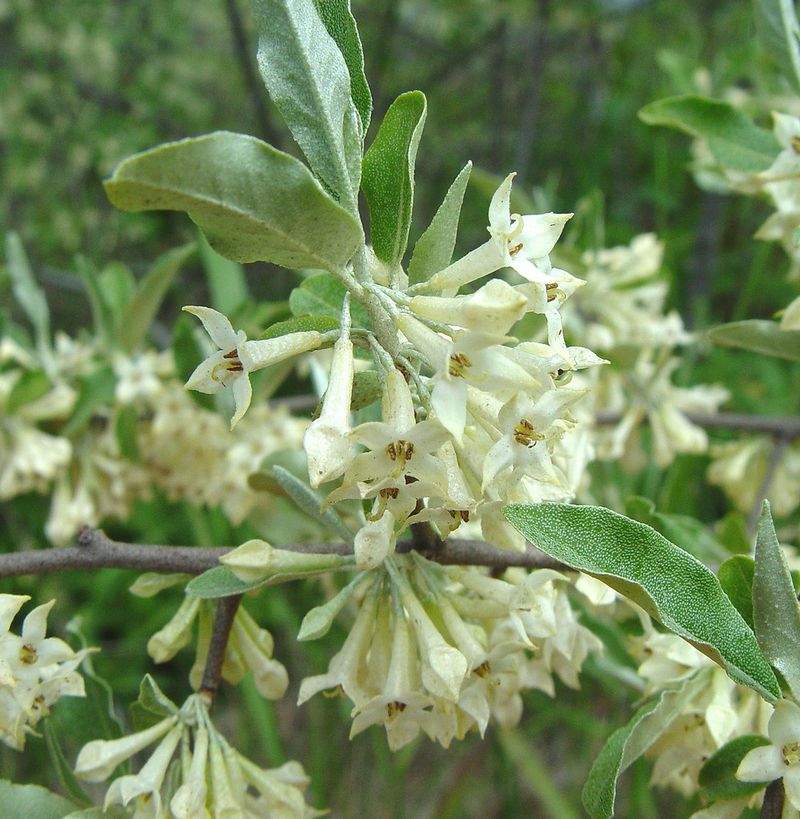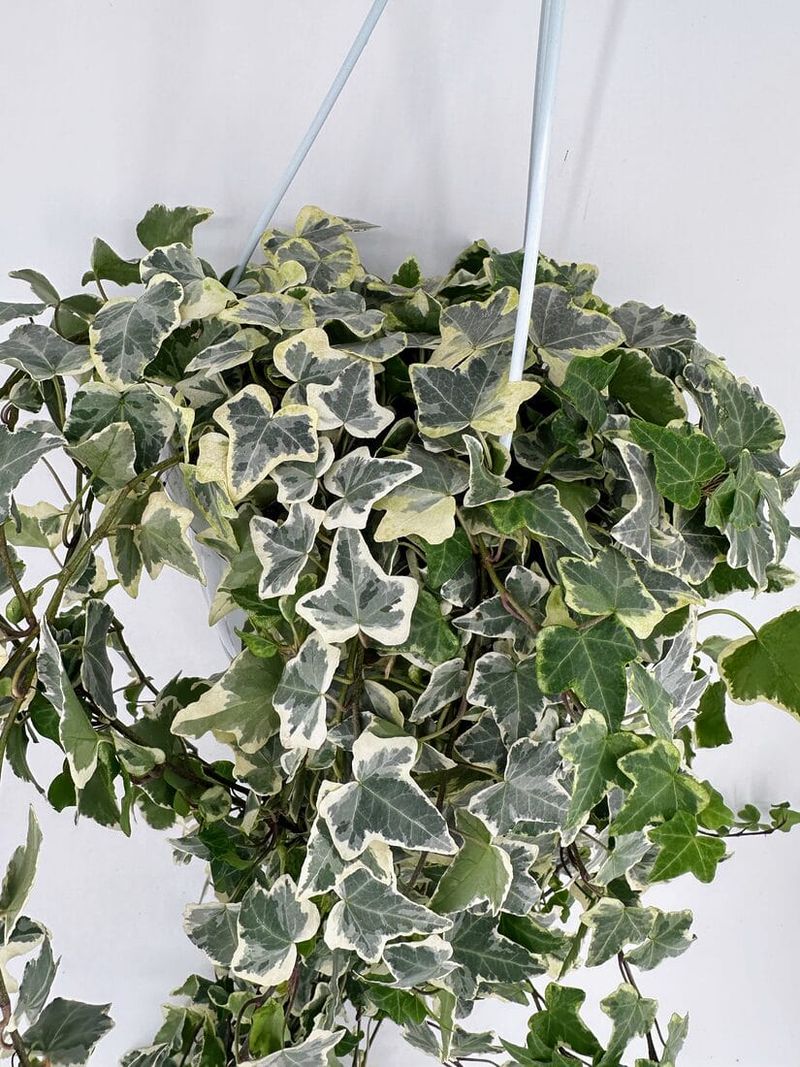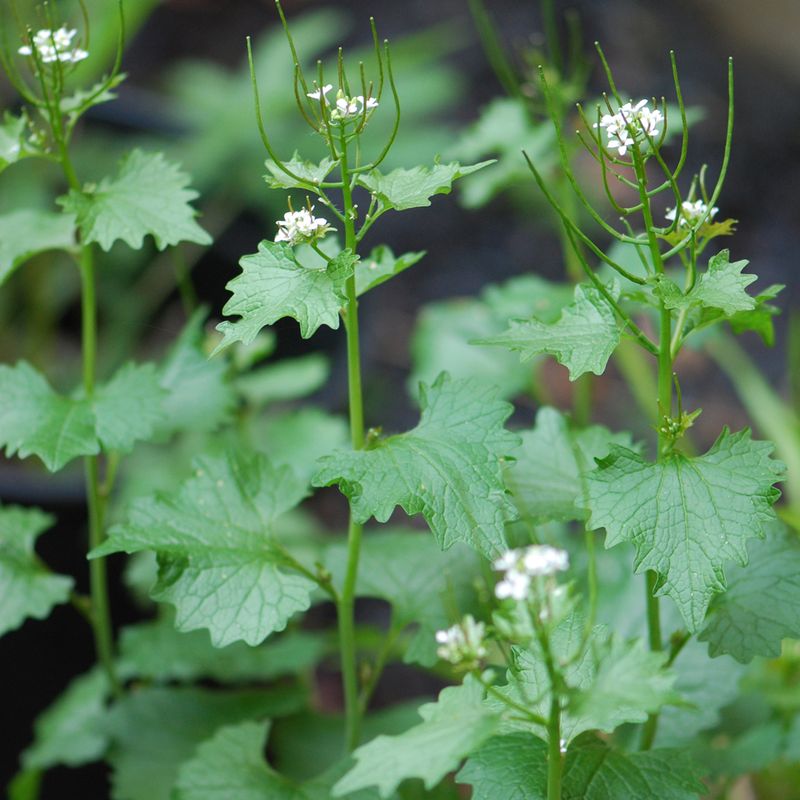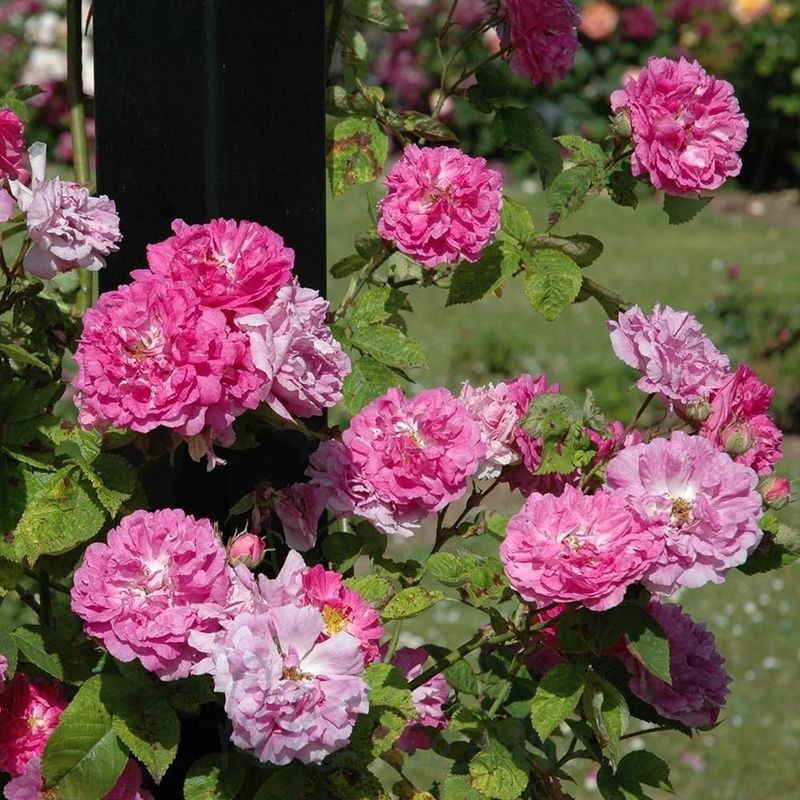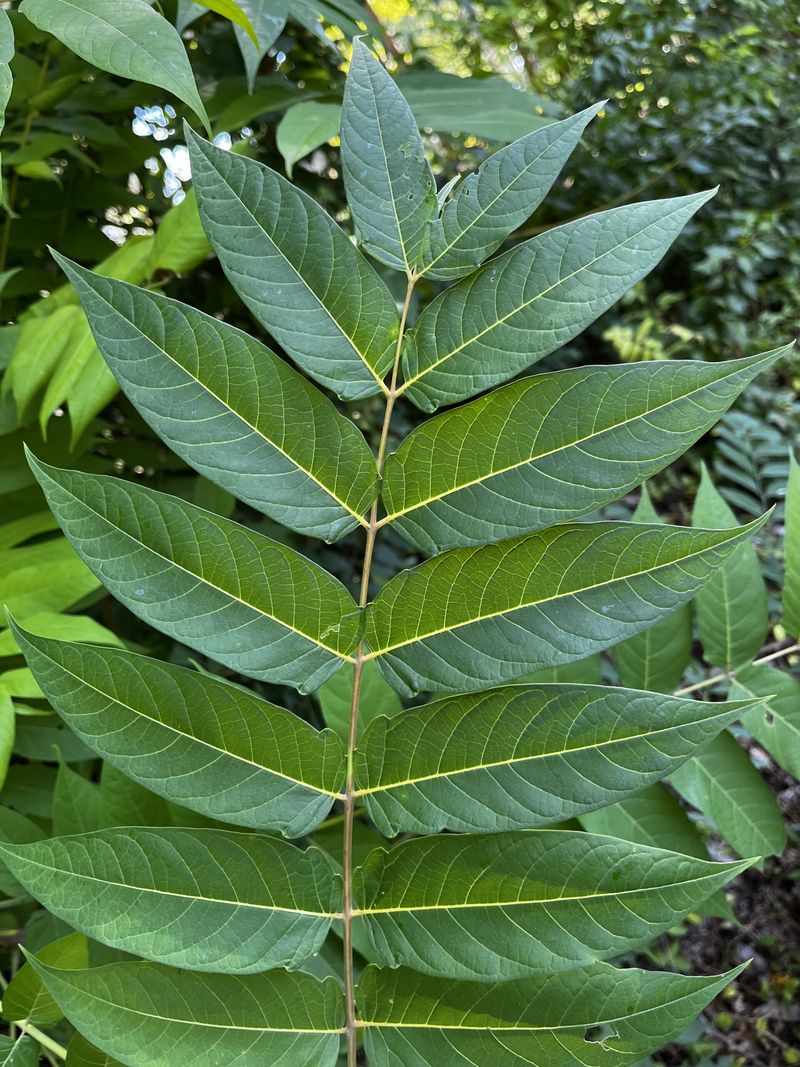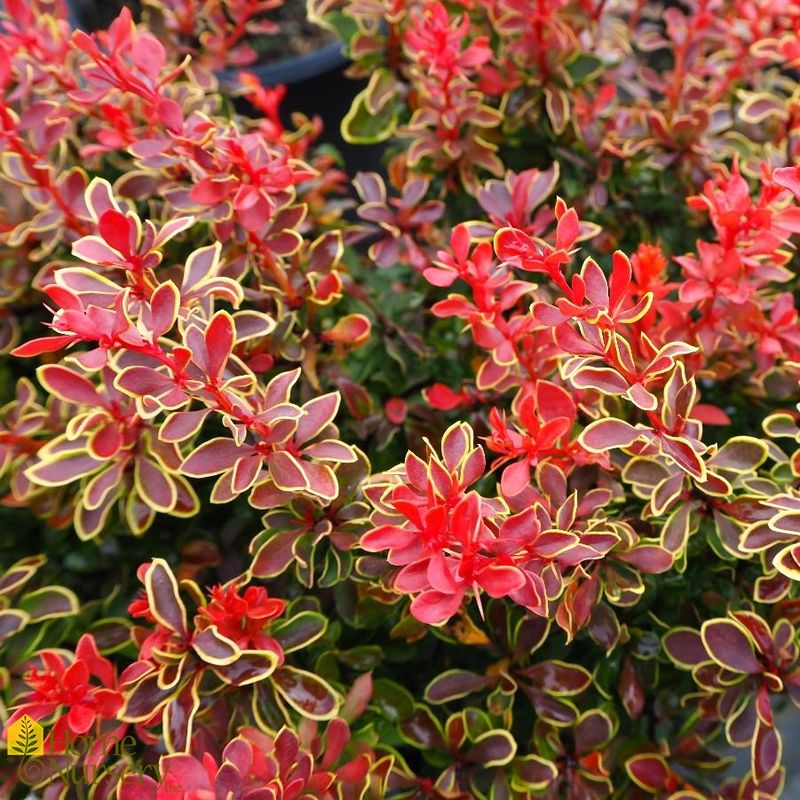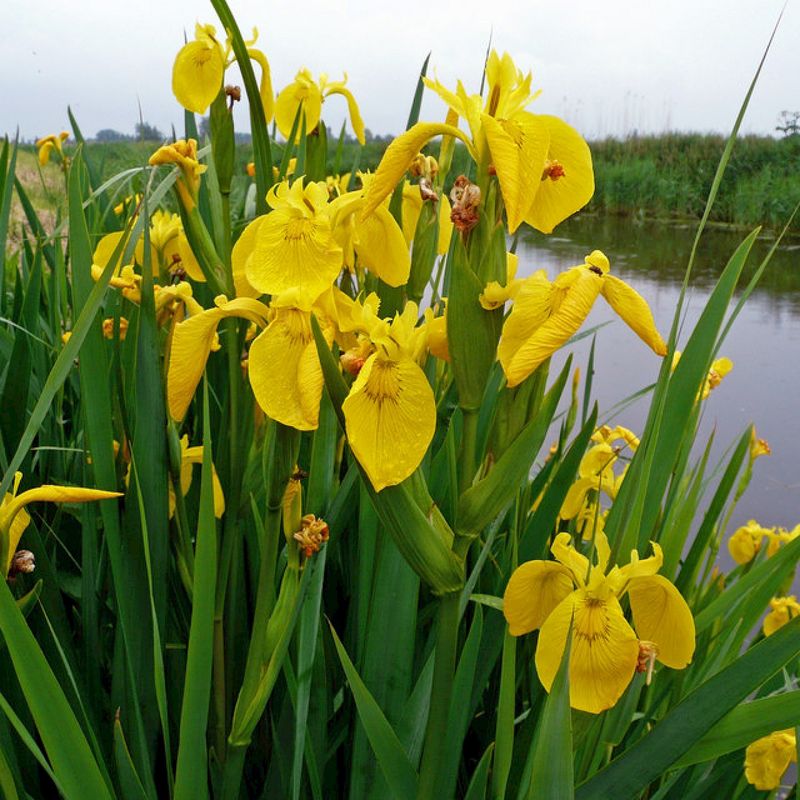Landscaping in New England can feel like choosing the right socks for a winter hike. Tricky, right? With the weather flipping between sunny and snowing, picking the perfect plants is both an art and a science.
Whether you’re aiming for a peaceful garden or a lively backyard, I’ve put together a list of must-have plants, along with the ones you might want to avoid.
Each plant comes with its charm (or chagrin), ready to either enhance or frustrate your garden dreams.
1. Black-eyed Susan (Rudbeckia hirta)
Ever stumbled upon a field that just seems to smile at you? That’s the magic of the Black-eyed Susan. This classy, golden beauty stands out with its dark center and sunny petals.
I swear, even on the gloomiest New England days, these flowers brighten up the mood. Their resilience to the region’s erratic weather makes them a delightful choice for any garden.
Plus, their ability to attract butterflies is like a cherry on top of a sundae!
2. Coneflower (Echinacea purpurea)
Why is it that the simplest things often bring the most joy? The coneflower is proof of this. With its slender petals and robust center, it’s like the cool kid at a flower party.
Beyond aesthetics, it’s a favorite among pollinators. In New England, where every bee and butterfly counts, the coneflower is a must-have.
Its drought tolerance is a bonus, giving gardeners one less thing to worry about during dry spells.
3. Daylilies (Hemerocallis)
There’s something almost rebellious about daylilies. Blooming anew each day, they offer surprises with every dawn.
These perennials are the chameleons of the garden, adapting to New England’s whims with grace. Their range of colors ensures there’s something for everyone.
And while they may seem delicate, don’t be fooled! Daylilies are tough cookies, standing resilient against pests and diseases. They’re like that dependable friend who’s always got your back.
4. Lavender (Lavandula angustifolia)
Ever felt the need for a mini-vacation right in your backyard? Lavender does just that. Its aromatic blooms transport you to serene places.
In New England gardens, it stands out not only for its fragrance but for its ability to withstand chilly winters and humid summers.
Lavender is more than just a pretty face. It’s a hardworking plant that deters pests while inviting pollinators. It’s like having a garden bouncer and host all in one.
5. Peonies (Paeonia)
Why do I adore peonies? Their blooms are nothing short of astonishing. These beauties are the heartthrobs of the garden. Their layers upon layers of petals create an allure that’s hard to resist.
In New England, they fit right in, thriving in well-drained soil with a spot of sunshine. Their fragrance? Pure class.
And when they bloom, it’s like a garden gala, leaving you eagerly waiting for their annual appearance. Trust me, peonies are garden royalty.
6. Astilbe
Ever felt like your garden needed a soft touch? Enter astilbe. With their feathery plumes, they’re like the artists of the plant world.
Astilbe thrives in shaded parts of New England gardens, offering a pop of color where many plants dare not tread. Their range of hues from white to deep red ensures diversity in any landscape.
Plus, they share the garden space with other shade lovers without complaint. They’re the peaceful cohabitants everyone wishes for.
7. Hostas
Do you ever find yourself in need of a plant that just knows how to fit in? Hostas are garden chameleons.
Their broad leaves come in myriad shades, adding depth and class to shaded areas. They take the spotlight in those tricky-to-plant zones.
Their resilience to pests like slugs is impressive, making them a reliable choice. Wouldn’t you love a plant that stays cool and classy, even when things get tough?
8. Hydrangea (Hydrangea macrophylla)
Ever felt the need to make a statement? Hydrangeas do just that. Their ball-shaped blossoms hold a commanding presence in any garden.
They adapt well to acidic soils, showcasing a stunning blue hue. Their ability to charm in both flower and foliage is a win-win.
And when winter rolls around, those dried blooms add a rustic vibe. Hydrangeas aren’t just a plant; they’re a garden showstopper.
9. Shasta Daisy (Leucanthemum × superbum)
Why is it that daisies always seem to evoke childhood memories? Shasta daisies take you back to simpler times. Their bright faces are like garden smiles.
They flourish with little fuss, enjoying sunny spots. Their robust nature means fewer worries about pests or diseases.
It’s like having a reliable friend in the garden. Always there, always happy. Even amidst the ever-changing New England weather, Shasta daisies stand firm and classy.
10. Coral Bells (Heuchera)
Have you ever wanted a splash of color without a fuss? Coral bells offer just that. Their leaves come in a spectrum of hues, providing a lively backdrop to any garden setting.
Where the weather can be as unpredictable as a teenager’s mood, they hold their own. These perennials are low maintenance, thriving in both sun and partial shade.
With coral bells, your garden can have a pop of color all year round without the drama.
11. American Holly (Ilex opaca)
Ever dreamt of a garden that feels like a holiday postcard? American holly delivers. Its glossy leaves and red berries are iconic.
Where winters can be harsh, its evergreen nature provides a consistent green color. The berries attract birds, adding life to the garden during the colder months.
It’s like having a festive guardian in your yard, ever-present and ever-green. American holly is a garden staple that promises year-round interest.
12. Red-twig Dogwood (Cornus sericea)
Is there anything more striking in winter than a splash of red? Red-twig dogwood stands out when everything else seems muted.
Its stems are a winter highlight in New England gardens. Even when the leaves are long gone, these stems keep the garden interesting.
During the growing season, the lush foliage and white flowers add to its charm. With red-twig dogwood, you get a plant that’s a showstopper in every season, keeping things exciting year-round.
13. Boxwood (Buxus sempervirens)
Why do I find boxwood so appealing? It’s the epitome of elegance. These evergreens offer structure and style to any garden.
In New England, they’re the backbone of many landscapes, thriving in sun or shade. Their resilience is impressive, handling pruning and shaping without complaint.
Boxwood is like the well-dressed guest at a party, always polished and never out of place. Trust me, every garden benefits from their classic charm.
14. Autumn Joy Sedum (Sedum spectabile)
Who knew plants could have a secret life? Autumn Joy Sedum reveals its full potential in the fall. While others are winding down, this plant is just getting started.
New England gardens benefit from its late-season vigor, with flowers that transition from pink to a deep copper.
Its succulent nature means it’s unfazed by drought, making it a reliable choice. With Autumn Joy Sedum, the garden remains lively even as the days grow shorter.
15. Ornamental Grasses (Miscanthus sinensis)
Ever felt that a garden needed a bit more personality? Ornamental grasses bring that playful element. Their movement in the breeze is like nature’s own choreography.
They thrive, offering structure and texture year-round. The feathery plumes are not only captivating but also attract birds.
These grasses are low maintenance, asking for little while providing much. They’re the unsung heroes of the landscape, adding elegance without effort.
16. Japanese Maple (Acer palmatum)
Have you ever seen such a transformation with the seasons? Japanese maple does just that. Its leaves turn into a fiery spectacle in autumn, making it a garden centerpiece.
Where winters can be brutal, it stands resilient. Would you believe such a delicate-looking tree could be so hardy? Its graceful branches and colors make it a must-have.
Japanese maple is like the artist of the tree world, painting landscapes with every leaf.
17. Lilac (Syringa vulgaris)
Does anything signal the arrival of spring quite like lilacs? Their scent is unmistakable, filling the air with nostalgia.
They flourish in well-drained soil with plenty of suns. These shrubs become the garden’s perfume, attracting not just humans but a host of pollinators.
With lilacs, you get a burst of color and fragrance that marks the end of winter’s reign. They’re the heralds of spring, promising warmth and beauty.
18. Forsythia (Forsythia × intermedia)
Do you ever crave that first hint of spring? Forsythia delivers it in spades. Its bright yellow blooms are a beacon of hope after winter’s dreariness.
It’s often the first to flower, signaling warmer days ahead. Its wild, sprawling nature means it needs space, but oh, the joy it brings!
Forsythia is like a garden’s wake-up call, shouting, “Spring is here!” It’s a reminder that nature never sleeps.
19. Winterberry Holly (Ilex verticillata)
Is there anything more festive than a pop of red in winter? Winterberry holly offers that winter vibe. Its berries are a visual treat, especially when the world outside seems colorless.
This deciduous holly thrives in wet soils, making it a versatile choice. Its berries provide food for birds, adding movement to a quiet garden landscape.
Winterberry holly is like the little red dress of the garden, always making a statement.
20. Calla Lily (Zantedeschia)
Have you ever wanted to add some elegance with minimal effort? Calla lilies make it possible. Their sculptural blooms are a blend of simplicity and sophistication.
They thrive in moist, well-drained soil, making them perfect for gardens with adequate water supply. These lilies offer a classy vibe, whether planted in borders or pots.
With calla lilies, your garden can transform into an elegant affair without breaking a sweat.
21. Bleeding Heart (Dicentra spectabilis)
Ever marveled at nature’s artistry? Bleeding heart is a testament to nature’s creativity. Its heart-shaped blooms are a sight to behold, adding a romantic vibe to shaded garden areas.
They flourish in the cool, moist conditions of spring. They’re like the whisperers of the garden, adding a gentle elegance that speaks volumes.
Bleeding hearts remind us that beauty often lies in the details, turning ordinary spaces into enchanting retreats.
22. Lily of the Valley (Convallaria majalis)
Why do I cherish lily of the valley so much? Their tiny bell-shaped flowers pack a punch in terms of fragrance.
In New England gardens, they thrive in shaded areas, making them ideal for those tricky spots. Their ability to multiply and cover ground is impressive.
There’s something magical about their quiet presence and intoxicating scent. It’s like a secret garden waiting to be discovered. Trust me, these little wonders add charm with minimal fuss.
23. Wisteria (Wisteria sinensis)
Ever wanted an exotic feeling in your garden? Wisteria delivers an astonishing display with its hanging blossoms.
It requires a sturdy structure for support, as its growth can be exuberant. The purple blooms create a dreamy, fragrant canopy that’s hard to resist.
However, one must be cautious, as wisteria can be invasive if not managed. With wisteria, your garden can become a fairy tale, provided you keep its exuberance in check.
24. Asters
Why do asters hold such a special place in late summer? Their daisy-like blooms bring color when many plants are fading.
They thrive with ease, offering a burst of hues from pink to purple. Asters are magnets for pollinators, ensuring a lively garden scene. Wouldn’t you love a plant that extends the joy of summer?
With asters, your garden remains full of life, even as fall approaches. They’re the last hurrah of the warm season.
25. Bee Balm (Monarda didyma)
Have you ever seen a plant that seems to host a garden party? Bee balm is just that. With its fancy blooms, it’s a favorite among bees and butterflies.
It thrives in sunny spots, offering a splash of red and pink. Its aromatic leaves add another layer of interest, making it a sensory delight.
Bee balm is like the extrovert of the garden, always attracting attention and visitors with its lively presence.
26. Baptisia (Baptisia australis)
Why does Baptisia feel like a hidden gem? Its tall spires burst forth with blue flowers, offering a cool contrast to other garden plants.
It’s hardy and resilient, thriving in well-drained soil. Baptisia’s deep roots mean it’s drought-tolerant, a boon for gardeners.
It’s like the reliable friend who’s always there, quietly adding beauty without clamoring for attention. With Baptisia, you get a plant that stands strong and proud, come rain or shine.
27. Roses
Why do roses continue to captivate us? Their timeless beauty is unmatched. Roses offer not just romance but resilience, adapting to the region’s temperamental weather.
Their blooms range from delicate pastels to bold reds, ensuring variety. Roses demand attention but reward with exquisite beauty and fragrance.
They’re like the stars of the garden, commanding admiration and care in equal measure. With roses, every garden becomes a haven of elegance and charm.
28. Snowdrops (Galanthus nivalis)
Ever felt like rooting for the underdog? Snowdrops are that plant. They bravely bloom while snow still lingers, signaling winter’s end.
They thrive in well-drained soil, marking the earliest signs of spring. Their delicate white blooms are a sight for sore eyes after months of gray.
Snowdrops are like the quiet heroes of the garden, promising hope and warmer days ahead. With them, every late winter garden feels more hopeful.
29. Lavender Buddleia (Buddleja davidii)
Why do I love lavender buddleia so much? Its fragrance is a butterfly magnet. In New England, it thrives in well-drained soil, offering a cascade of purple blooms.
This shrub is a feast for the senses, with its aroma and visual appeal. Lavender buddleia is like that carefree spirit in the garden, drawing in visitors with its charm.
As it attracts butterflies, it turns the garden into a lively scene, full of movement and vitality.
30. Irises
Do irises ever fail to impress? Their unique flower shapes stand out in any garden. In New England, they thrive with ease, bringing a burst of color with their elegant blooms.
Irises are the artists of the plant world, painting the garden with hues of blue, purple, and yellow. Their adaptability to different soils makes them a versatile choice.
With irises, you add a little bit of the extraordinary, ensuring your garden never feels mundane.
31. Japanese Knotweed (Fallopia japonica)
Ever encountered a plant that just takes over? Japanese knotweed is notorious for this. Its rapid growth and dense thickets can overwhelm gardens and wild areas alike.
It’s considered invasive, outcompeting native flora. This plant is like the uninvited guest that never leaves, requiring vigilant management.
While it may offer some erosion control, its aggressive nature often leads to more harm than good. For a balanced garden, it’s best to give this one a miss.
32. Burning Bush (Euonymus alatus)
Why does burning bush seem so tempting in autumn? Its fiery red leaves are a sight to behold. However, this plant’s beauty comes with a catch.
Its invasive nature can lead to the displacement of native species. Have you ever considered the long-term impact of such plants?
While its autumn display is breathtaking, burning bush often causes more ecological harm than good. It’s a cautionary tale of choosing aesthetics over environment.
33. Purple Loosestrife (Lythrum salicaria)
Have you ever seen a plant that seems to thrive too well? Purple loosestrife is just that. Its tall spikes of purple flowers can look stunning.
However, in New England, it’s an invader, crowding out native plants in wetlands. This plant is like a charming rogue, captivating at first but causing long-term damage.
While its beauty might draw you in, its environmental impact is a hefty price to pay. Avoiding it means protecting local biodiversity.
34. Autumn Olive (Elaeagnus umbellata)
Why does autumn olive seem appealing at first glance? Its silvery leaves and red berries add color. This plant is a double-edged sword though.
I once thought its berries were a boon for wildlife, only to realize its invasive nature harms native growth.
Autumn olive is like a wolf in sheep’s clothing, offering initial benefits but long-term troubles. In managing landscapes, it’s best to exercise caution with this one.
35. English Ivy (Hedera helix)
Ever admired the classic look of ivy-covered walls? English ivy provides that old-world charm. In New England, however, it can become a garden nemesis.
Its aggressive growth can smother trees and structures, leading to damage. This plant is like the charismatic troublemaker, appealing but potentially destructive.
While it offers coverage and greenery, the risks often outweigh the rewards. For a sustainable garden, it might be wise to seek alternatives for that classic look.
36. Garlic Mustard (Alliaria petiolata)
Have you ever noticed how some plants seem to appear out of nowhere? Garlic mustard is one of those uninvited guests.
Its rapid spread can take over forest floors, outcompeting native flora. This plant is a significant concern for biodiversity. Have you ever thought about the cost of allowing such invasives?
While its white flowers may look innocent, the ecological damage is profound. Managing it is key to preserving native habitats.
37. Multiflora Rose (Rosa multiflora)
Ever imagined a rose that could overstay its welcome? Multiflora rose does just that. Its aggressive growth forms dense thickets, overwhelming native plants.
This rose is considered invasive, a far cry from its ornamental origins. It’s like the guest who doesn’t know when to leave, requiring constant management.
While its flowers may be charming, the thorns it brings can be a gardener’s nightmare. For a balanced garden, it’s best left out.
38. Tree of Heaven (Ailanthus altissima)
Is there ever a plant that seems too persistent? Tree of Heaven is notorious for its resilience. Its rapid growth can disrupt urban and rural landscapes alike.
Its ability to sprout in the most unlikely places is astonishing. While it’s a testament to nature’s adaptability, its invasive nature often leads to problems.
Tree of Heaven is like the unyielding force in the garden, often more trouble than it’s worth. Managing its spread is crucial.
39. Japanese Barberry (Berberis thunbergii)
Ever wondered why some plants are labeled problematic? Japanese barberry is one such plant. Its thorny branches and dense growth can overwhelm native ecosystems.
It’s often seen as an invader, displacing local flora and fauna. This plant is like the prickly neighbor, hard to deal with and often causing issues.
While its colorful berries might be tempting, the long-term ecological impact is concerning. Avoiding it helps maintain a balanced environment.
40. Yellow Flag Iris (Iris pseudacorus)
Have you ever been tempted by a splash of color? Yellow flag iris offers that with its bright blooms. However, in New England’s wetlands, it’s considered invasive.
Its rapid spread can outcompete native plants, impacting biodiversity. This iris is like the flashy newcomer who disrupts the status quo.
While its beauty is undeniable, the ecological consequences make it a risky choice. For a harmonious garden, it’s wise to seek other, less invasive options.


